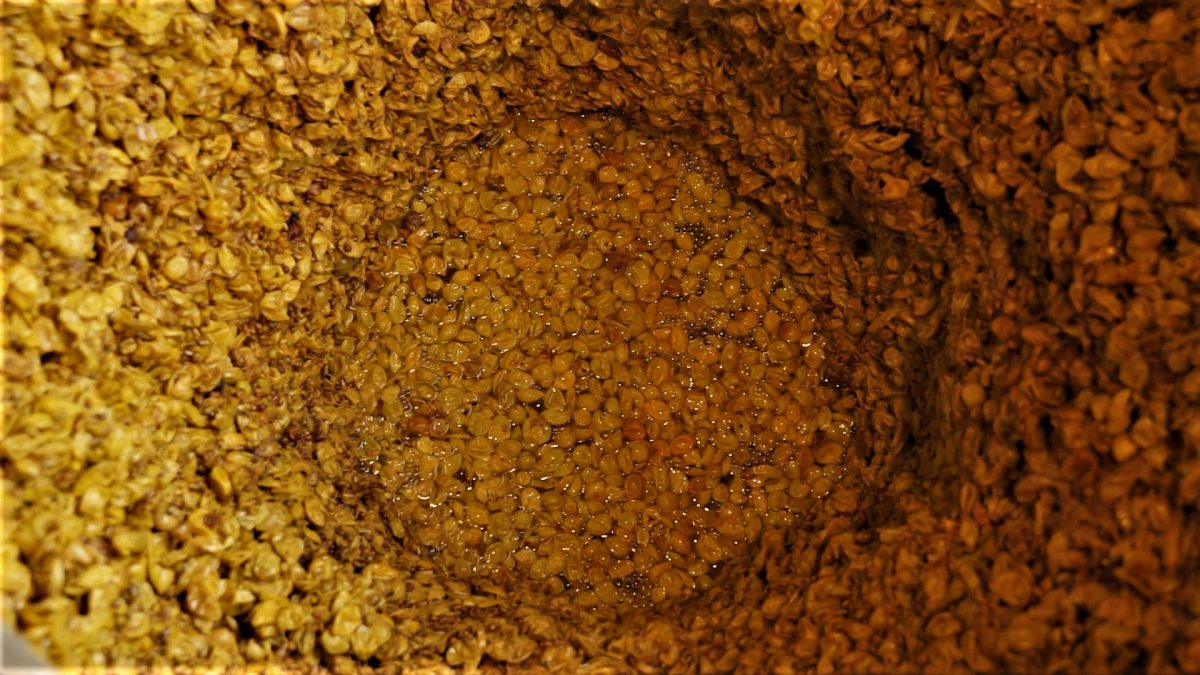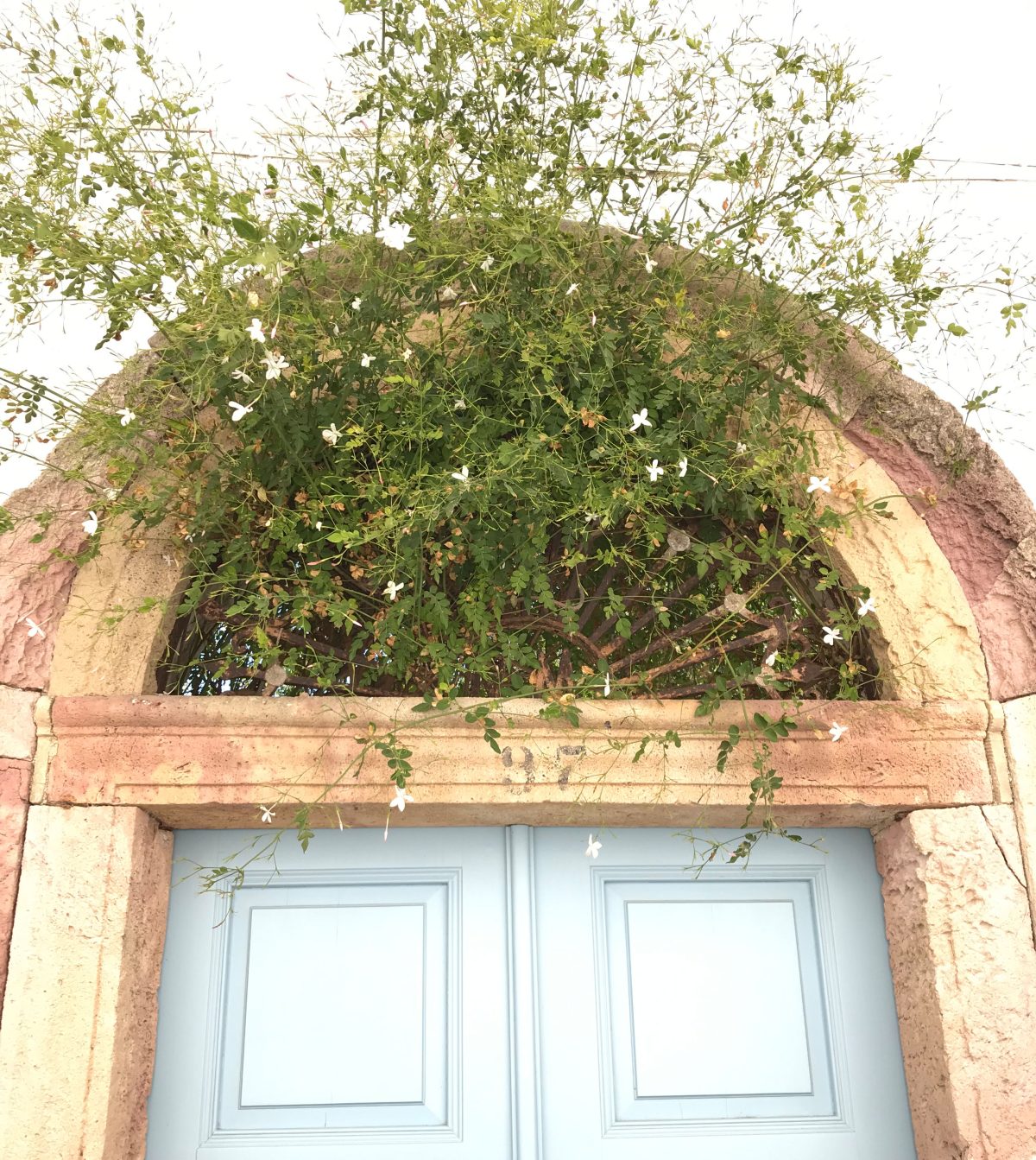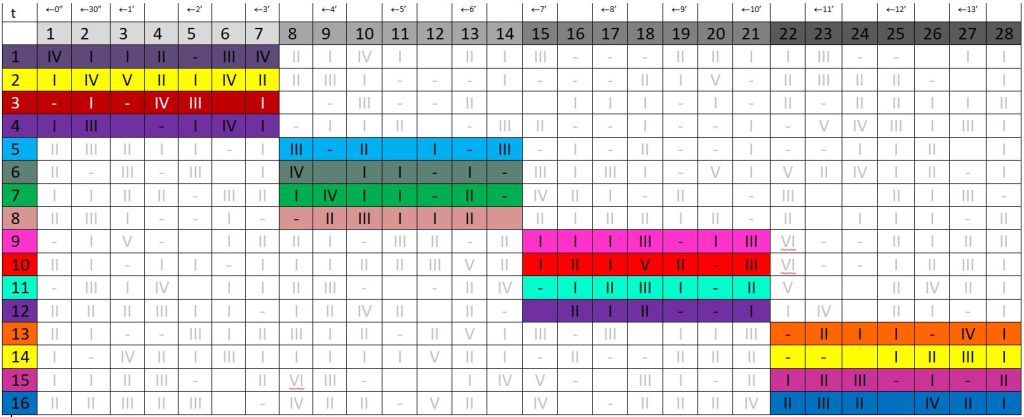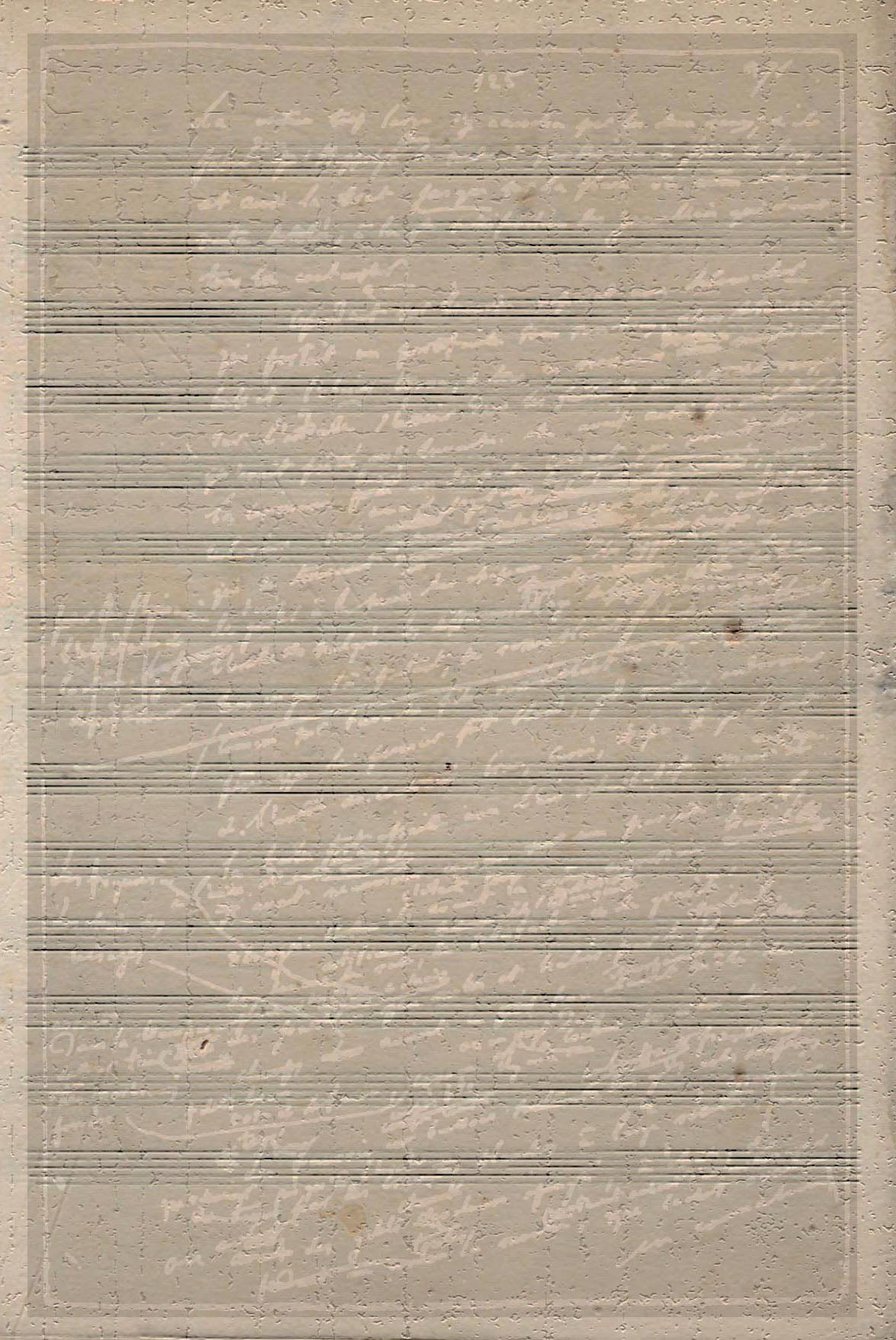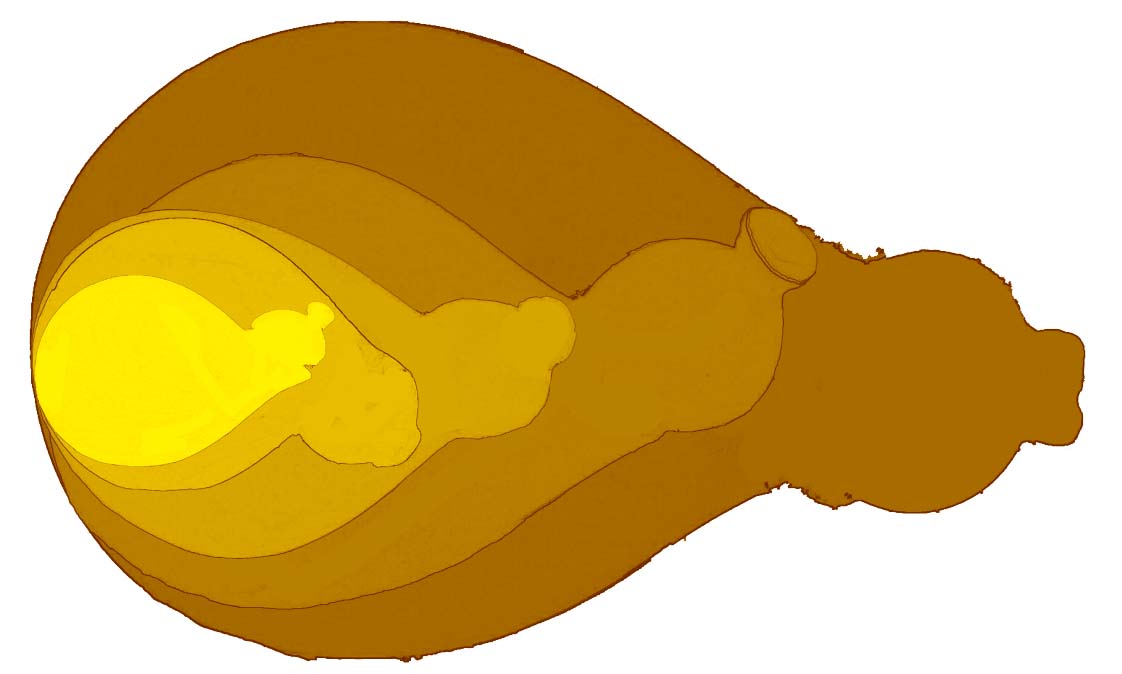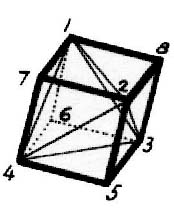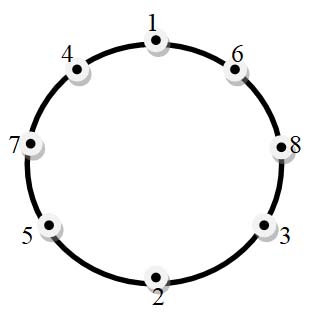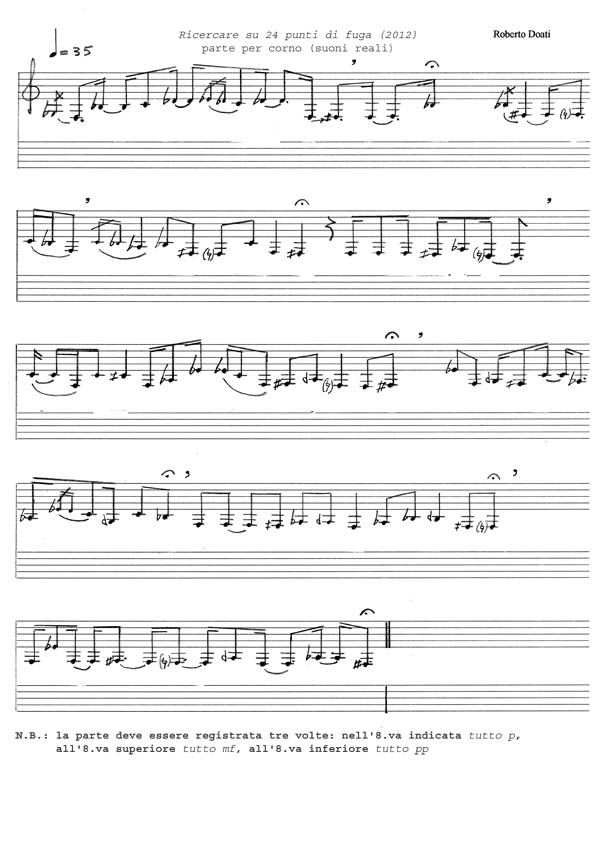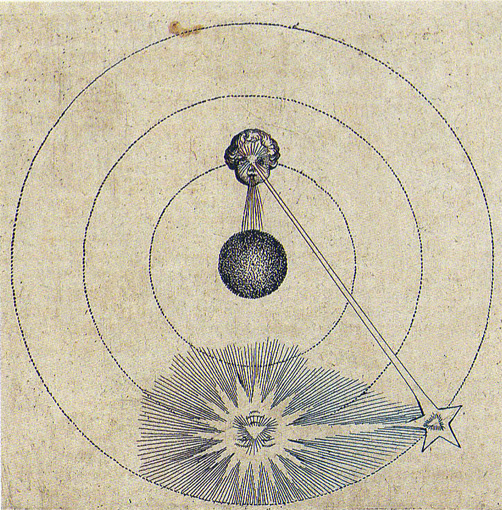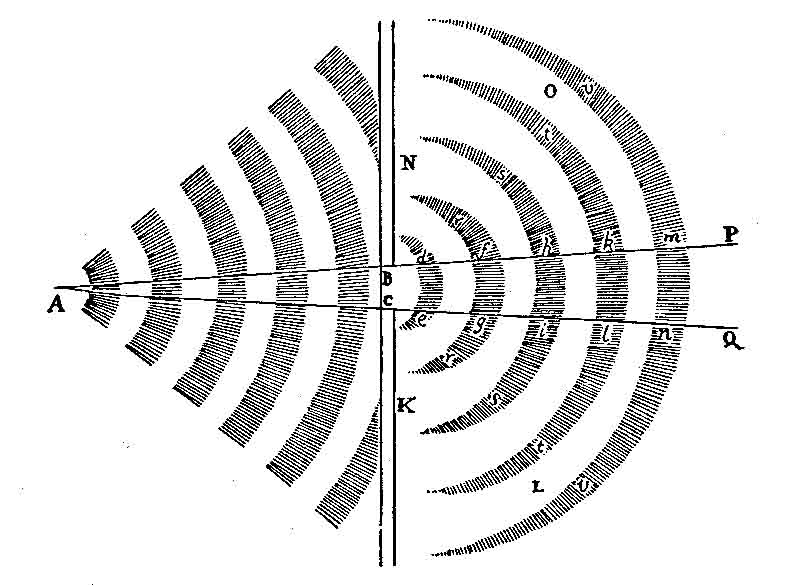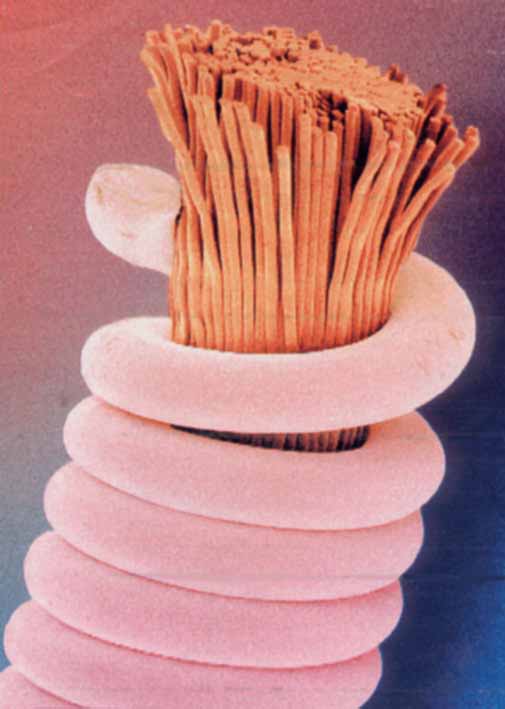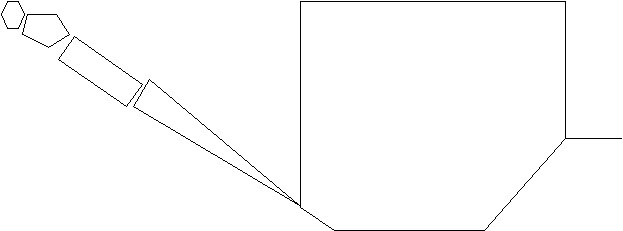(2021) electroacoustic music [12’ 03”]
Fermentazioni is made by some of the materials I collected during the making of the music video Il suono rosso (The red sound, video by Ivan Penov), an “audiovisual staging” on wine commissioned by ‘La Stoppa di Elena Pantaleoni’.
Between 2018 and 2019 I made many hours of recordings in Ancarano di Rivergaro (PC), distributed over time according to the rhythms and phases of static and extreme dynamism typical of wine production. For Fermentazioni I chose the recordings that account for the chaos of one of the dynamic processes that take place in the steel tanks in which the pressed grapes are put: fermentation.
Without distorting its acoustic nature, a phenomenon usually hidden from our ear – and endowed with a strong ambiguity due to the similarity with an electroacoustic technique very common today in music such as granulation – becomes audible.
For the recordings I used a self-built piezoelectric microphone and an AKG 411L dynamic microphone, both applied to the external surface of the tanks in which two different wines produced by La Stoppa ferment: Ageno (in two different tanks, a few days after pressing) and Malvasia (one month after pressing).
Fermentazioni is constructed by simply sequencing, with a cross-fade of 1 ‘, three fragments of 4’ each (Malvasia-Ageno01-Ageno02), modified only with a second-order high-pass filter at 100 Hz for Malvasia, at 300 Hz for Ageno.

